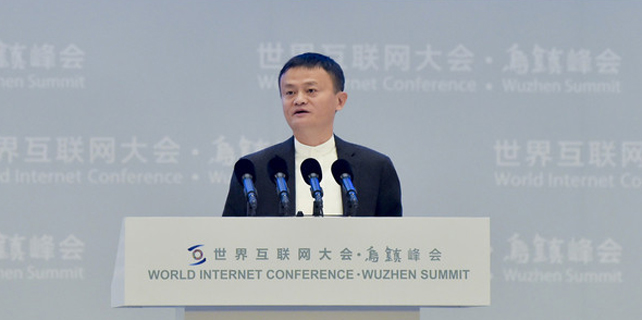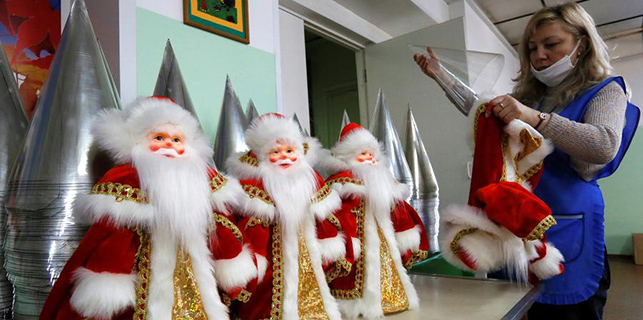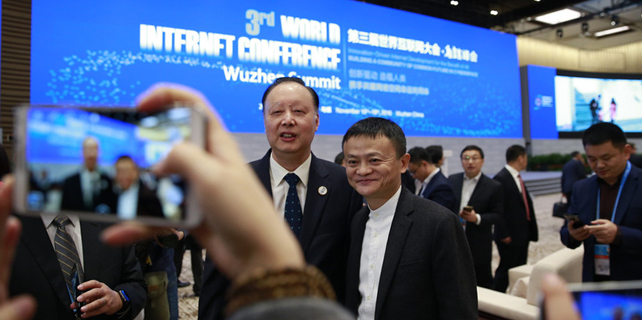Li Bing, founder of the Shanghai Oasis Ecological Conservation and Communication Center, talks about food banks around the world
In 1967, the world's first food bank came into being in Arizona, United States, to collect leftovers from enterprises, retailers and individuals before distributing them to the needy, according to the Global Food Banking Network.
Food banks are the most developed in North America and Europe where there is a long history of charity undertakings. Based on findings by the network, there are more than 160 food banks in 13 countries in the regions.
According to Li, the introduction of food banks to Asia has come relatively late because of the development of NGOs, differing philosophies regarding sharing and food safety concerns. However, food banks in South Korea, Singapore, Hong Kong and Taiwan are currently doing very well.
"Through work experience in the past two years, I've been to many countries to see how their food banks work to help people," said Li.
Food banks around the world usually receive financial aid from businesses, churches, and foundations.
In Europe, the authorities charge high fees for food enterprises who want to dispose of products that are past their shelf lives and this encourages companies to proactively contribute to the food banks as they get to save costs and help the needy at the same time.
Carrefour in France and Tesco in the United Kingdom are two major supporters of the food banks and one important policy in these countries is that food is safe to consume even after the "best before" dates. For example, bread can still be eaten within three days after their "best before" dates. Canned food, on the other hand, is still safe for consumption up to a year after.
When food items are not sold before their "best before" dates, supermarkets usually donate them to the food banks and this act in part helps the government provide support to the poor. These foreign food banks also have a large volunteer team to do the sorting of the donated food both from enterprises and individuals.
In some countries in South America, some NGOs will even charge recipients delivery fees to ensure the sustainable operation of the food banks.
Li said that there is a very mature food bank system in South Korea that enjoys strong government support. The bank has also designed a smartphone app so that all participants involved receive up-to-date information about the entire logistics process of each batch of donated food.
















